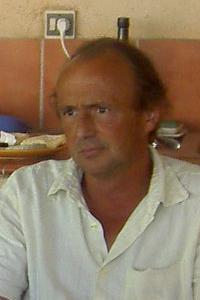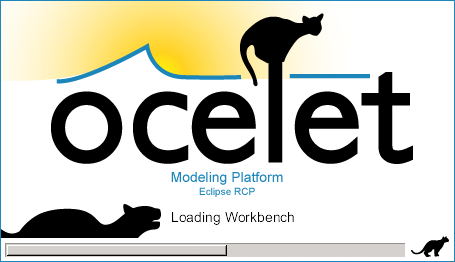ANR STAMP
Contacts
- Danny LO SEEN loseen@teledetection.fr
- Pascal DEGENNE pdegenne@teledetection.fr
Abstract
Modelling to gain insight into landscapes whose changes affect us
Studies of many important issues that society faces today are based on a modelling approach. Whether it concerns the emergence and spread of diseases associated with new environmental conditions, rapid transformations in urban areas, or the degradation of natural ecosystems and biodiversity loss, understanding is required prior to action. For a given issue: What are the key elements that make up the landscape? How do they interact? How does the landscape function and evolve as a system? As such systems can usually not be experimentally investigated in the field, studies often rely on computer modelling, despite the inherent problems of spatial representation, time management and multiple spatial and temporal scales.
New tools are sought to solve these problems, such as a language specifically developed for modelling landscapes and for simulating their dynamics. The language elements should help scientists to accurately describe the composition of landscapes, to put in relation their components, to specify how they evolve in time and to generate simulations according to different experimental scenarios (e.g. a change in land-use legislation). In addition to the language, the approach allows landscape elements, called ‘primitives’, to be compiled in libraries. Users have access to these libraries, and are able to assemble the primitives required for modelling a given landscape.
This research is being conducted within the framework of the Spatial, Temporal and Multi-scale Primitives for Modelling Dynamic Landscapes (STAMP) project (2008-2011) supported by the French Research Agency’s Programme Blanc (i.e. open to all disciplines). Researchers from UMR TETIS and AMAP, the Institut National de Recherche en Informatique et en Automatique (INRIA) and the University of Marne-la-Vallée, along with scientists from a range of disciplines (epidemiology, agronomy, ecology, etc.) are jointly involved in this project.
Software
Publications
Degenne P, Lo Seen D, Parigot D, Forax R, Tran A, Ait Lahcen A, Curé O, Jeansoulin R, 2009. Design of a domain specific language for modelling processes in landscapes, Ecological Modelling, 220(24):3527-3535.
Degenne P, Ait Lahcen A, Curé O, Forax R, Parigot D, Lo Seen D, 2010. Modelling with behavioural graphs. Do you speak Ocelet?, International Congress on Environmental Modelling and Software, July 5-8, Ottawa, Ontario, Canada. http://www.iemss.org/iemss2010/
Curé O, Forax R, Degenne P, Lo Seen D, Parigot D, Ait Lahcen A, 2010. Ocelet: An Ontology-based Domain Specific Language to Model Complex Domains, The First International Conference on Models and Ontology-based Design of Protocols, Architectures and Services MOPAS 2010, June 13-19, Athens, Greece. http://www.iaria.org/conferences2010/MOPAS10.html
Proisy C, Blanchard E, Ait Lahcen A, Degenne P, Lo Seen D, 2010. Toward the simulation of the Amazon-influenced mangrove-fringed coasts dynamics using Ocelet. International Conference on Integrative Landscape Modelling - Landmod 2010, February 3-5, Montpellier, France. http://www.umr-lisah.fr/rtra-projects/landmod2010
Ait Lahcen A, Degenne P, Lo Seen D, Parigot D, 2009. Developing a Service-Oriented Component Framework for a Landscape Modeling Language. The 13th IASTED International Conference on Software Engineering and Applications - SEA 2009. November 2–4, Cambridge, Massachusetts, USA. http://www.actapress.com/Abstract.aspx?paperId=36773


